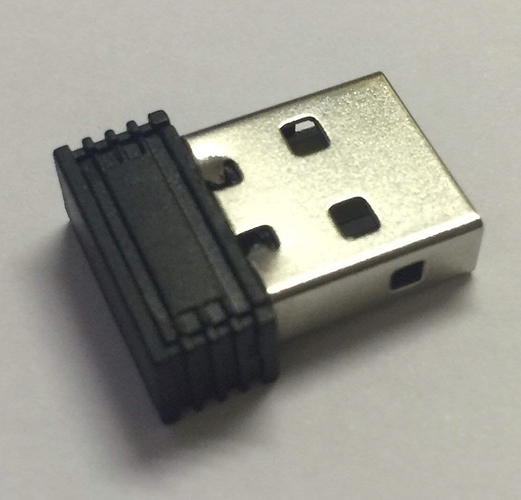Just an update on my search for a reasonable iBeacon (available in the UK). I eventually ended up getting a small USB dongle from Amazon.
USB iBeacon Bluetooth Low Energy 4.0
The dongle seems to work fine though it isn’t particularly configurable. It uses an iOS app to specify the UUID, major version, minor version, power and refresh.
The reviews noted some set-up and support issues, but I followed the instructions and had it set-up and working with LCP within about 7 or 8 minutes; and that included resolving a problem logging into it with a pass code.
The moral of that particular story is don’t grab a USB battery pack that turns off after 30 seconds if there isn’t a significant power draw and then try the login about 25 seconds after power up 
It would be nice if I could reduce the power further as the range on it even at it’s lowest level through my home with the various walls, cables and obstacles is still a little too good, but if it becomes a significant issue, a USB extension cable, some ‘tack’, and some aluminum foil will probably let me control the locus of detection sufficiently.
Overall I’m satisfied with it for my current needs.
